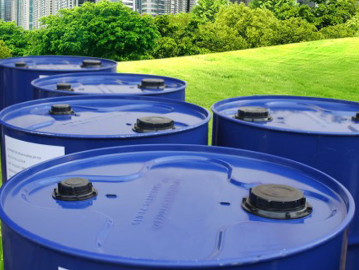
Silicone rubber is a versatile material that is used in a wide range of industries due to its unique properties. However, like any material, there are pros and cons to using silicone rubber. In this article, we will discuss some of the major advantages and disadvantages of using silicone rubber.
Pros:
1. Heat resistance: Silicone rubber can withstand high temperatures without deforming or degrading, making it an ideal material for use in applications where heat resistance is required.
2. Flexibility: Silicone rubber is highly flexible and can be easily molded into different shapes and sizes, making it suitable for a variety of applications.
3. Good electrical insulation properties: Silicone rubber is a good insulator and can be used in electrical applications where insulation is important.
4. Chemical resistance: Silicone rubber is resistant to many chemicals, making it suitable for use in harsh environments where exposure to chemicals is a concern.
5. Weather resistance: Silicone rubber is resistant to UV radiation and weathering, making it suitable for outdoor applications.
6. Non-toxic: Silicone rubber is non-toxic and safe for use in applications where food contact or medical applications are required.
Cons:
1. Cost: Silicone rubber can be more expensive than other materials, which may be a factor to consider when choosing a material for a project.
2. Poor tear resistance: Silicone rubber has poor tear resistance compared to other materials, which may limit its use in certain applications.
3. Compression set: Silicone rubber can experience compression set over time, which may affect its performance in applications where compression and rebound properties are important.
4. Low abrasion resistance: Silicone rubber is not as abrasion resistant as other materials, which may limit its use in applications where abrasion resistance is required.
5. Adhesion issues: Silicone rubber does not adhere well to some substrates, which may require additional surface treatments or adhesives to ensure proper adhesion.
6. Limited color options: Silicone rubber is typically available in limited color options, which may be a factor to consider in applications where color is important.
In conclusion, silicone rubber is a versatile material with many advantages, such as heat resistance, flexibility, and chemical resistance. However, it also has its drawbacks, including cost, poor tear resistance, and limited color options. When considering using silicone rubber for a project, it is important to weigh the pros and cons to determine if it is the right material for the job.